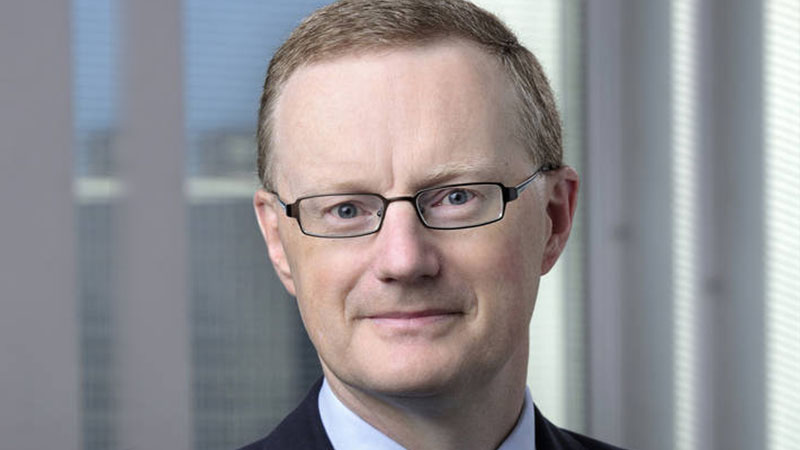RBA governor Philip Lowe said the first increase in interest rates hasn’t impacted “most people’s” mortgage payments that much because people have built up big buffers.
In its last monetary policy meeting the Reserve Bank lifted the cash rate 50 bps, after a 25-bp raise in May, taking the cash rate to 0.85 per cent, as it tries to put a cap on runaway inflation.
During an address to the American Chamber of Commerce in Australia on Tuesday (21 June), Mr Lowe said with inflation expected to peak at around 7 per cent in the December quarter a similar increase in the cash rate was likely.
“We’re going to look at the data we have each month and the level of interest rates and the inflation. But I expect that next month we’ll be having the same discussion at our board meeting: 25 or 50,” Mr Lowe said.
While the RBA will continue to watch household spending “very carefully” when making its next cash rate decision, Mr Lowe said many Australians were already paying more than they needed.
“So at the moment the higher interest rates have not had a really first order effect on most people’s mortgage payments,” Mr Lowe said.
Broadly it hasn’t had a big cash flow effect, but as interest rates start to rise those buffers will be eaten into and the fact that households have more debt than they used to it will start to bite.
Despite the $200 billion savings buffer sitting in Australia’s offset and deposit accounts, he said the Reserve Bank was “conscious” that not everyone has the same security.
“While the medium borrowers have big financial buffers there are a group of borrowers that have very skinny buffers,” he said.
He said while many Australians have a year or two savings buffers to pay their mortgages others have “very skinny” buffers.
In particular he said, borrowers who have taken out a big loan in the last few years were a concern.
“Our job is to monitor the whole distribution and assess how it’s going to affect overall consumption. [But] there’s no critical point where that becomes an issue,” Mr Lowe said.
Inflation expected to ease next year
Governor Lowe said it was a “complex policy environment” as the US and Australia experience some of the highest rates of inflation at a time when unemployment rates are low and household budgets are under pressure.
In early May, the central bank had only expected inflation to top out at 6 per cent by the end of the year, but the war on Ukraine and other global factors had led to “sharp increases” in the cost of goods blowing its new prediction to 7 per cent.
“During the pandemic, supply chains were interrupted around the world, delivery times were pushed out and firms’ costs of production rose,” he said.
“The inevitable result has been higher prices. And on top of this, Russia’s invasion of Ukraine has caused major disruptions to the global markets for energy and food.”
While global disruptions are being felt in Australia, Mr Lowe said domestic factors have contributed to inflation.
“Growth in domestic spending is now testing the ability of the economy to meet the demand for goods and services,” he said.
For example, in the labour market many firms were reporting that the availability of labour was a significant constraint on their ability to operate and/or expand.
“Many parts of the construction sector are also operating at, or close to, full capacity. And some public infrastructure investment is being delayed or scaled back because of capacity constraints,” Mr Lowe said.
Despite the inflationary pressures, Mr Lowe expects Australia will not fall into a recession and predicts inflation will “moderate next year”.
He said given that firms have been adjusting to their new operating environment and confidence in Australia that inflation will decline have tightened monetary policy.
“The higher interest rates globally will help to create a more sustainable balance between the demand for goods and services and the ability of our economies to meet that demand,” Mr Lowe said.
“Achieving that balance is not straightforward and there are risks involved, but higher interest rates will lessen the current inflationary pressures.”
[Related: Lowe expects to consider 25 or 50 bp rate hike]
 ;
;
